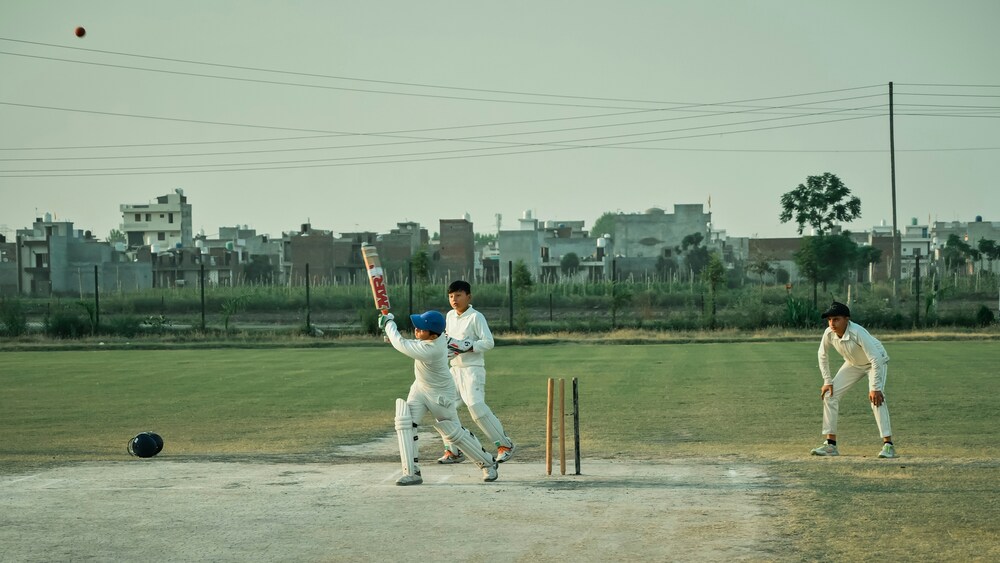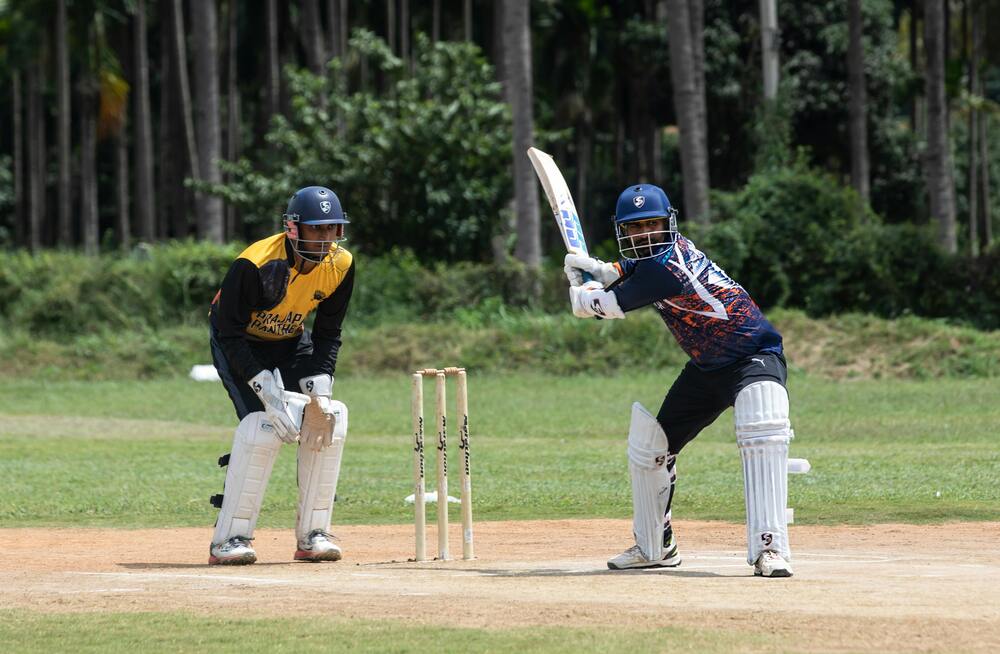Cricket is more than just a sport in nations like India, Pakistan, Australia, and England—it’s a way of life that inspires millions. For many young players, the dream begins in cramped alleyways, dusty playgrounds, or empty lots where makeshift stumps and taped tennis balls replace professional equipment. Yet, from these humble beginnings, some rise to the highest levels of the game, representing their countries on the world stage. This article explores the real-life pathways that transform raw talent into professional cricketers, the challenges they overcome, and how different cricketing nations nurture future stars. From grassroots passion to elite training systems, we examine what it takes to go from local matches to international glory.
The Grassroots: Where Talent Begins
Many legendary cricketers started their journey in narrow alleys, open fields, or makeshift pitches with taped tennis balls. Sachin Tendulkar, often regarded as the greatest batsman of all time, honed his skills on the streets of Mumbai before being noticed by coaches. Similarly, Pakistan’s Wasim Akram was spotted during a local match in Lahore and later became one of the finest fast bowlers in history. These stories highlight how raw talent often emerges outside formal academies, in environments where passion drives players to improvise and innovate.
In countries like India and Pakistan, gully (street) cricket is more than just a pastime—it’s a breeding ground for future stars. The lack of proper infrastructure does not deter young players; instead, it forces them to adapt. Tennis ball cricket, for instance, teaches batters to play late and bowlers to rely on variations due to the lack of conventional swing or seam movement. However, transitioning from street cricket to professional turf pitches requires guidance, coaching, and exposure to structured training.
The Role of Scouting Systems and Academies
Scouting plays a vital role in identifying talent early. India’s cricket ecosystem thrives on structured development systems, with institutions like the Mumbai Cricket Association (MCA) and National Cricket Academy (NCA) implementing rigorous youth tracking initiatives. Meanwhile, the IPL has transformed player identification by establishing sophisticated scouting operations across franchise networks, creating unprecedented pathways for emerging talent. Players like Jasprit Bumrah, whose unorthodox action was initially questioned, were given a platform through the IPL and later became key figures in international cricket.
Australia’s system is highly organized, with state-level competitions like the Sheffield Shield and grade cricket acting as feeders for the national team. The Cricket Australia Pathway identifies promising players early, ensuring they receive high-quality coaching. England’s county system serves a similar purpose, with clubs nurturing young talents like Joe Root and Ben Stokes from a young age.
In contrast, countries like Afghanistan have a different trajectory. Many Afghan players, including Rashid Khan and Mohammad Nabi, learned cricket in refugee camps in Pakistan. The Afghanistan Cricket Board (ACB) later established development programs, but the lack of facilities in the early stages meant players had to rely on sheer determination.
Challenges Faced by Aspiring Cricketers
Raw talent alone is never enough to guarantee success in professional cricket. Young players across developing nations face daunting financial barriers before they even step onto a proper pitch. The costs of quality equipment, travel expenses for tournaments, and professional coaching often put the sport out of reach for families prioritizing basic needs over athletic aspirations.
The path to professional cricket is fiercely competitive, with only a select few academy graduates ever reaching state or national squads. Beyond raw skill, players must overcome career-threatening obstacles—debilitating injuries, sudden drops in form, and intense psychological demands. Irfan Pathan’s career trajectory exemplifies this volatility; after electrifying the international scene as a teenage pace sensation, his promising career was hampered by fitness setbacks and performance fluctuations, demonstrating how fragile a cricketer’s rise can be.
Geographical disparities also play a role. In countries like India, players from smaller towns often struggle to get noticed compared to those in cricket hubs like Mumbai or Bangalore. The rise of players like MS Dhoni, who came from Ranchi, a city with limited cricketing infrastructure, is an exception rather than the norm.
Opportunities in Different Cricketing Nations
The opportunities available to young cricketers vary significantly by country. In India, the Board of Control for Cricket in India (BCCI) invests heavily in age-group tournaments like the Cooch Behar Trophy and the Vijay Merchant Trophy. The IPL provides a direct route to fame, with uncapped players earning contracts worth millions.
In England, the county system remains the primary pathway, but initiatives like The Hundred aim to attract younger audiences and provide more playing opportunities. Australia’s Big Bash League (BBL) serves a similar purpose, blending entertainment with talent development.
The West Indies cricket system grapples with organizational hurdles, as lucrative T20 tournaments often draw promising players away from traditional Test cricket. Despite these challenges, the Caribbean Premier League (CPL) serves as a vital talent pipeline, having launched the careers of international standouts including Nicholas Pooran and Shimron Hetmyer.
South Africa’s system has produced world-class players like Kagiso Rabada and Quinton de Kock, but financial and administrative issues have sometimes hindered development. Bangladesh, on the other hand, has seen steady growth due to investments in youth cricket, with players like Shakib Al Hasan becoming global stars.
Conclusion
The journey from street cricket to international stadiums is arduous but not impossible. While talent is essential, the right opportunities, coaching, and systemic support determine whether a young player reaches the highest level. Countries with robust cricketing structures, like Australia and India, produce consistent talent, while others rely on individual brilliance and determination. The stories of players who overcame adversity serve as inspiration for countless aspiring cricketers dreaming of representing their nations.




